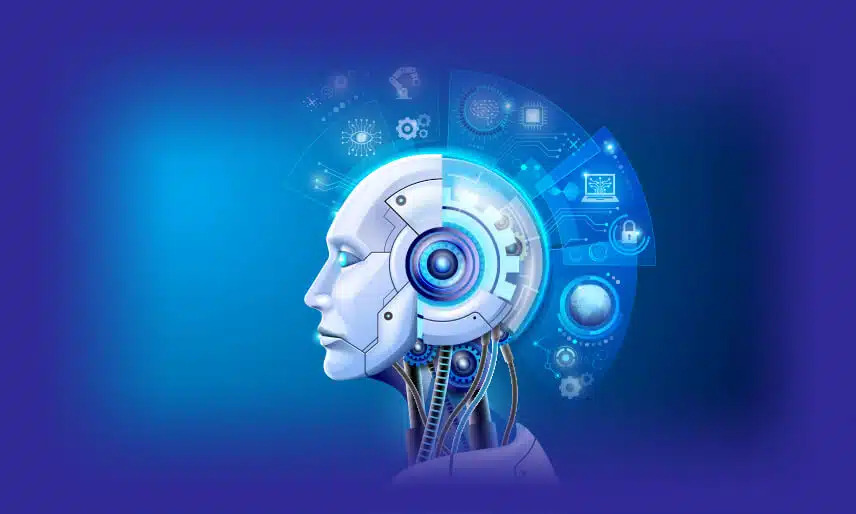Generative Artificial Intelligence (AI) has revolutionized industries by enabling machines to generate content autonomously. As this field continues to evolve, the choice of tools and frameworks for training generative AI models becomes increasingly critical. This comprehensive guide provides an in-depth comparative analysis of various generative AI training tools and frameworks, focusing on their features, advantages, and suitability for different applications. Additionally, it explores the landscape of Generative AI Training in Hyderabad, highlighting educational opportunities and industry trends.
Understanding Generative AI Training Tools and Frameworks
Generative AI tools and frameworks are essential for developing and training models that can generate new content, such as images, text, or music. These tools provide libraries, APIs, and development environments that simplify the implementation of complex algorithms and enable researchers and developers to experiment with different architectures effectively.
Key Generative AI Training Tools and Frameworks
TensorFlow
Features: Developed by Google Brain, TensorFlow is an open-source platform known for its flexibility and scalability. It supports a wide range of applications, including deep learning and generative modeling.
Advantages: TensorFlow offers extensive community support, a rich ecosystem of tools and libraries, and compatibility with various deployment environments, making it suitable for both research and production.
Suitability: Ideal for researchers and developers looking for a robust framework with strong community support and scalability.
PyTorch
Features: PyTorch is another popular open-source framework maintained by Facebook’s AI Research lab (FAIR). It emphasizes simplicity and flexibility, allowing for dynamic computation graphs.
Advantages: PyTorch is favored for its intuitive interface, ease of debugging, and seamless integration with Python, making it popular among researchers and academics.
Suitability: Well-suited for prototyping and experimentation due to its user-friendly design and support for dynamic computational graphs.
Keras
Features: Initially developed as a high-level API for TensorFlow, Keras has evolved into an independent open-source library. It provides a simple interface for building neural networks and supports various backends, including TensorFlow and Microsoft Cognitive Toolkit (CNTK).
Advantages: Keras offers ease of use, rapid prototyping capabilities, and a focus on user experience, making it suitable for beginners and researchers focusing on model development.
Suitability: Best for rapid prototyping and building proof-of-concept models quickly.
Comparative Analysis of Generative AI Training Frameworks
Performance and Scalability:
TensorFlow: Known for its scalability and efficient distributed training capabilities, suitable for handling large datasets and complex models.
PyTorch: Offers flexibility and dynamic graph computation, making it ideal for research and experimentation but may require additional effort for large-scale deployment.
Keras: Provides simplicity and ease of use but may sacrifice some performance optimizations compared to TensorFlow or PyTorch.
Community and Support:
TensorFlow: Has a large and active community with extensive documentation, tutorials, and third-party libraries, ensuring robust support and continuous development.
PyTorch: Gaining popularity rapidly with a growing community, strong academic adoption, and active development by Facebook and contributors.
Keras: Benefits from TensorFlow’s community and ecosystem while maintaining its user-friendly approach and community support.
Ease of Use and Learning Curve:
TensorFlow: Initially had a steeper learning curve but has improved with higher-level APIs like Keras and TensorFlow Extended (TFX), suitable for both beginners and advanced users.
PyTorch: Known for its intuitive design and Pythonic syntax, offering a lower barrier to entry for newcomers to deep learning and AI.
Keras: Offers the simplest interface among the three, prioritizing ease of use and rapid development over low-level control.
Generative AI Training in Hyderabad
Hyderabad, India, has emerged as a thriving center for AI education and development, including generative AI training. Institutes and companies in Hyderabad offer specialized programs and workshops that cover these frameworks and tools extensively. Students and professionals benefit from hands-on experience and theoretical knowledge, preparing them for careers in AI research and development.
Generative AI Training in Hyderabad focuses on:
Practical Applications: Applying generative AI frameworks to real-world problems in diverse industries such as healthcare, finance, and entertainment.
Advanced Techniques: Mastering cutting-edge algorithms and methodologies to enhance model performance and efficiency.
Industry Collaboration: Partnering with leading tech companies and research institutions to bridge the gap between academia and industry.
Conclusion:
Choosing the right generative AI training tools and frameworks is crucial for maximizing productivity and achieving optimal results in model development. Whether leveraging TensorFlow’s scalability, PyTorch’s flexibility, or Keras’s simplicity, each framework offers unique strengths suited to different needs and preferences. In Hyderabad, the dynamic landscape of Generative AI Training underscores the city’s commitment to nurturing talent and innovation in AI.
Generative AI Training In Hyderabad equips learners with the skills and expertise needed to harness the power of these frameworks effectively, driving advancements in generative AI across various domains.




